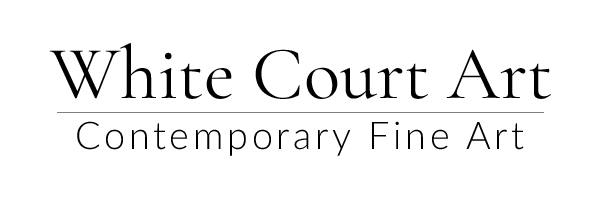Printmaking in the UK is flourishing, with renewed interest by artists in all forms of traditional printmaking as well in technologically advanced media production. An interested public has responded positively to this surge in activity and to the accessibility and affordability of print. There is an increasing appreciation of the significance of the handmade and the limited edition over the reproduction.
Making prints was rarely an artist’s main focus, it tended to be a peripheral activity, secondary to painting or sculpture. Perhaps Elizabeth Frink could be counted in this category. This changed in the 1960s and 70s when technological development encouraged artists to explore the potential of printmaking and use it to produce works which represented major breakthroughs as creative statements, placing print, alongside sculpture and painting as a primary means of expression. Sir Terry Frost being a prime example of this new experimentation.
From the experiments of the 1960s printmaking has developed in many new directions, and over the last 20 years prints have become more visible, accessible and affordable than ever before. No longer merely secondary, print is now a central part of many artists’ activity. New technologies have been swiftly co-opted for fine art printmaking, and traditional techniques have been modified. Both Caro Woods and Barbara Wagner are exponents of using these new technological breakthroughs.
The rise of new media has extended the options available. Just as the invention of lithography did not render woodcut and engraving redundant, and photography did not spell the end for traditional graphic media, so digital technologies have not replaced other methods but rather extended choice and capacity.
A consequence of technical and conceptual developments is that printmaking is now disputed territory. The rise of artists’ multiples and of print-marketing via the internet, has led some to dismiss such editions as mere ‘reproductions’. There has been some debate about whether the prints produced by artists through the mediation of print publishers, can be considered the equal of those prints which are not only conceived by the artist, but worked and printed by him/her too. But this has had little influence on sales, on critical opinion, or on museum acquisition policies. The tradition of artists working with master printers and specialist print studios is centuries old. ‘Originality’ is really only a matter of degree, evolving with the changing applications of traditional processes and the introduction of new ones. Similarly, new tools such as the computer, the inkjet printer and so on, may be regarded simply as the means to an end – chosen for their own particular qualities and their potential to deliver what the artist has in mind. Emerging British artist Ant Pearce uses the printed image as base for his original pieces.
Artists have increasingly turned to cheap everyday printed material to exploit the democratic potential of printmaking as a means of putting art into the public domain in an affordable and accessible form. The use of carrier bags as artworks in their own right, or as advertising for an event or exhibition has become a regular strategy. The work of Patrick Bew utilises the throw away carrier bag as a medium of expression to enhance his work.
Dynamic and democratic, the world of printmaking now includes the billboard and the badge, the masterpiece and the multiple, the priceless and the give-away. Prints are a vital and vibrant link between the museum and the marketplace, the elite and the everyday.
